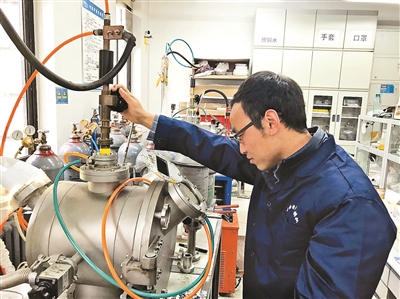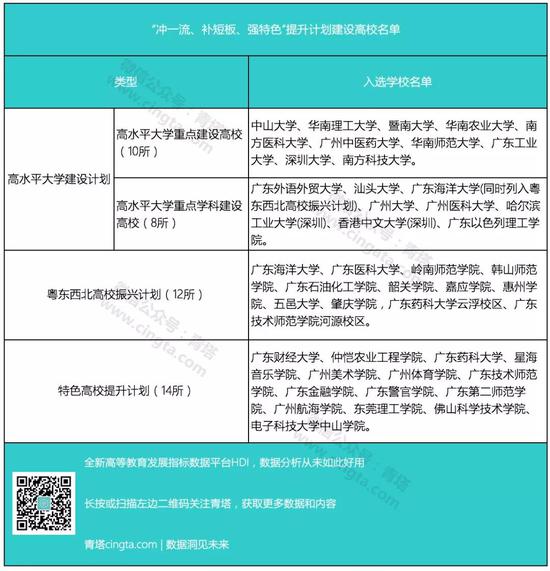rhetorical question
修辞疑问
它与疑问句的不同在于它并不以得到答复为目的,而是以疑问为手段,取得修辞上的效果。
其特点是:肯定问句表示强烈否定,而否定问句表示强烈的肯定。它的答案往往是不言而喻的。
例如:
1、 How was it possible to walk for an hour through the woods and see nothing worth of note?
我们在树林里走了1个小时连根毛都没看见!
2、 Shall we allow those untruths to go unanswered?
难道我们应该让谣言继续传播下去吗?
metonymy 借喻,转喻
借喻不直接说出所要说的事物,而使用另一个与之相关的事物名称。
1. 以容器代替内容,例如:
1)The kettle boils.
水开了。
2)The room sat silent. 全屋人安静地坐着。
2. 以资料、工具代替事物的名称,例如:
Lend me your ears, please. 请听我说。
3. 以作者代替作品,例如:
a complete Shakespeare 莎士比亚全集
4. 以具体事物代替抽象概念,例如:
I had the muscle, and they made money out of it. 我有力气,他们就用我的力气赚钱。
Simile 明喻
明喻是将具有共性的不同事物作对比,这种共性存在于人们的心里,而不是事物的自然属性。
标志词常用:like, as, seem, as if, as though, similar to, such as 等。
例如:
1. I wandered lonely as a stay dog. 我像一只流浪狗一样孤独地四处漂泊。
2. Einstein likes to put a cloak on, as if he had just walked out of a fairy tale.
爱因斯坦喜欢披着斗篷,就好像刚刚从童话故事中走出来。
synecdoche 提喻
提喻用部分代替全体,或用全体代替部分,或特殊代替一般。
例如:
1. There are about 100 hands working in his factory. 他的厂里约有100名工人。
2. He is the Newton of this century.他是本世纪的牛顿。
3. The fox goes very well with your cap. 这狐皮围脖与你的帽子很相配。
metaphor 隐喻,暗喻
隐喻是简缩了的明喻,是将某一事物的名称用于另一事物,通过比较形成。
例如:
1. Hope is a good breakfast, but it is a bad supper.希望是顿美好的早餐,但却是一顿糟糕的晚餐。
2. Some books are to be tasted, others swallowed, and some few to be chewed and digested.
一些书需要被“浅尝辄止”地阅读,另一些需要被“狼吞虎咽”般地阅读;很少一部分需要被“细嚼慢咽”地阅读。









